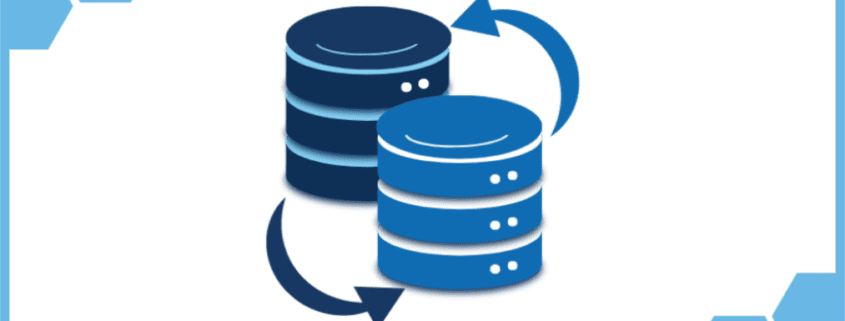Enhance Your Database’s Availability with Database Mirroring
Database mirroring is a powerful technique for ensuring high availability and disaster recovery in modern database systems. By creating and maintaining a duplicate copy of a database on a separate server, database mirroring can provide automatic failover to the mirror server in the event of a primary server failure.
What is Database Mirroring?
Database mirroring is a high availability solution that maintains two copies of a single database on different server instances. Typically, these server instances reside on computers in different locations. One server instance serves the database to clients (the principal server). The other instance acts as a hot or warm standby server (the mirror server), depending on the configuration and state of the mirroring session.
When database mirroring is configured in high-safety mode, the mirror server can automatically take over as the principal server in the event of a failure of the principal server. This ensures that the database remains available to users with minimal downtime.
Prerequisites for Database Mirroring
Before you can deploy database mirroring, you must meet the following prerequisites:
- The principal server and mirror server must be running the same version and edition of SQL Server.
- The database must be in the full recovery model.
- The mirror server must have sufficient disk space for the mirror database.
- You must restore a backup of the principal database to the mirror server without recovery (WITH NORECOVERY).
- You must apply all log backups that were created after the backup of the principal database was taken to the mirror server, again without recovery (WITH NORECOVERY).
Benefits of Database Mirroring
Database mirroring offers a number of benefits, including:
- High availability: Database mirroring can help to ensure that your database is always available to users, even in the event of a failure of the principal server.
- Disaster recovery: Database mirroring can help to protect your data from disaster by maintaining a duplicate copy of the database on a separate server.
- Performance improvements: Database mirroring can be used to offload reporting workloads to the mirror server, which can improve the performance of the principal server.
How to Implement Database Mirroring
To implement database mirroring, you must first create a database mirroring session between the principal server and mirror server. This can be done using the SQL Server Management Studio (SSMS) or Transact-SQL (T-SQL).
Once you have created a database mirroring session, you must start the session. This can be done manually or automatically. If you start the session manually, you will need to monitor the session and start it again if it fails. If you start the session automatically, SQL Server will automatically restart the session if it fails.
Once the database mirroring session is started, the mirror server will begin to synchronize with the principal server. This process can take some time, depending on the size of the database.
Once the mirror server is synchronized with the principal server, the database mirroring session is ready to provide high availability and disaster recovery protection.
Conclusion
Database mirroring is a powerful technique for ensuring high availability and disaster recovery in modern database systems. By creating and maintaining a duplicate copy of a database on a separate server, database mirroring can provide automatic failover to the mirror server in the event of a primary server failure.
If you are looking for a way to improve the availability and reliability of your database, database mirroring is a good option to consider.
References:
- Database Mirroring (SQL Server) – SQL Server Database Mirroring | Microsoft Learn
- Database Mirroring: Prerequisites, restrictions, & recommendations – SQL Server Database Mirroring | Microsoft Learn
- Database mirroring & database snapshots – SQL Server Database Mirroring | Microsoft Learn
- Database Mirroring Witness – SQL Server Database Mirroring | Microsoft Learn
